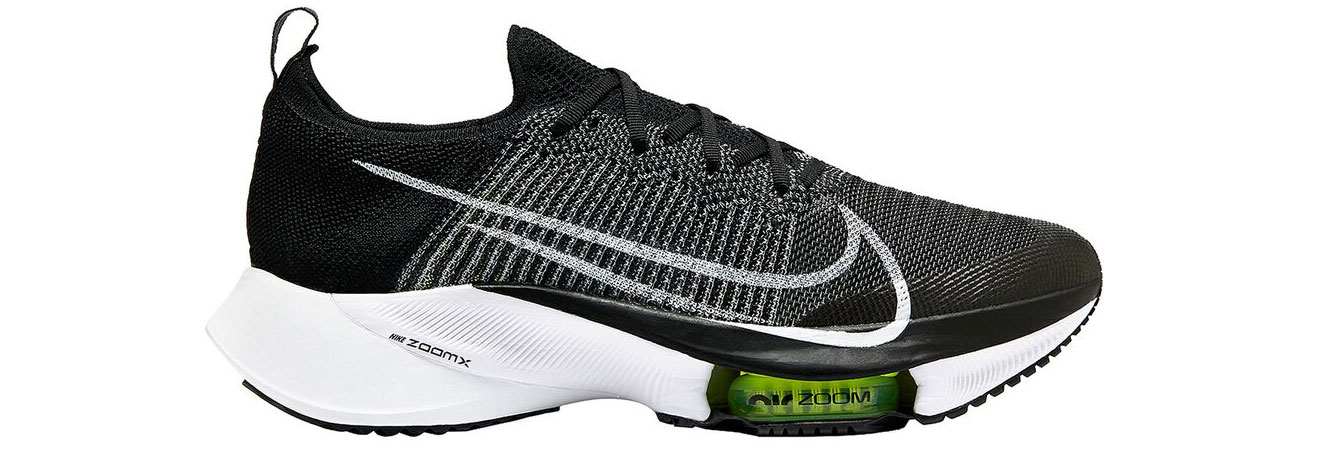Of all running workouts, perhaps the most popular is the tempo run. It also happens to be one of the most boring workouts. We can fix that.
Holding a steady pace that is often described as “comfortably uncomfortable” for 20 to 60 minutes can feel like a monotonous chore. However, there’s no denying that if done properly, tempo runs can help you run faster. They make you better because you maintain a pace where your lactic acid levels remain steady, so your body’s ability to deal with lactic acid improves.
In my years as a full-time running coach, the biggest mistake I see most runners make with tempo runs is that they tend to run them too fast. There’s an underlying thought process for most runners that if you can pace tempo runs faster, that’s better. More often than not, though, this leads to a vicious cycle of trying to better the previous tempo run.
Problems arise once you exceed the tipping point where your body can’t process lactic acid. When this occurs, lactic acid levels will continue to rise, leaving you training outside the intended zone. Here’s how you can prevent that from happening and make your runs more enjoyable at the same time.
How to Improve Tempo Runs: 15-Second Surges
Instead of hammering the entire tempo, a fun way to increase the difficulty without straying outside of the tempo zone is to add in short surges at a 5K pace. I like to add 15-second surges at roughly 5K pace on even-number minutes, then settle back into tempo pace.
For example, surge at the start of minutes 2, 4, 6, and 8 for 15 seconds for a 10-minute tempo. In order to keep the 15-second surges simple and clean, I prefer to do these tempo runs in minute intervals instead of miles or kilometers. The surges are short enough that they won’t cause lactic acid levels to skyrocket, but they’ll still break up your rhythm and keep you on your toes.
The result is a fun, but challenging, twist on the classic tempo run.

Run Workout: 15-Second Surge
- Warmup: 1-2 miles, slowly progressing from easy to moderately hard
- Run two 10-minute sets at tempo pace followed by 2 minutes easy (use this running calculator to find your tempo paces)
- During each 10-minute tempo interval, throw in 15-second surges at the 2-, 4-, 6-, and 8-minute marks
- Cooldown: 1-2 miles at an easy pace
Progression Is Key
As with any workout, when repeating workouts within a training cycle, it’s best practice to progress the difficulty to avoid hitting a plateau. Instead of trying to perform the next tempo run faster, try adding more time spent at tempo pace.
As you continue to progress, add additional 10-minute intervals to the workout above, keeping the same warmup and cooldown.
Speed Shoes Matter
If you don’t have a designated pair of speed workout shoes, I suggest investing in a pair, especially if you’re using your racing shoes. Traditional training shoes like the ones you wear every day tend to be heavier, which adds work on your part to hit your paces. Sure, you can use your racing shoes, but wearing them for every speed session will cause them to wear down more quickly.
Ideally, you want a light pair of shoes you only pull out for speed sessions like this one. Two of my favorite shoes are the new Nike Air Zoom Tempo NEXT% and the Brooks Hyperion Tempo.








